Home>Home Appliances>Laundry Appliances>Where Is The Coin Trap On A Washing Machine
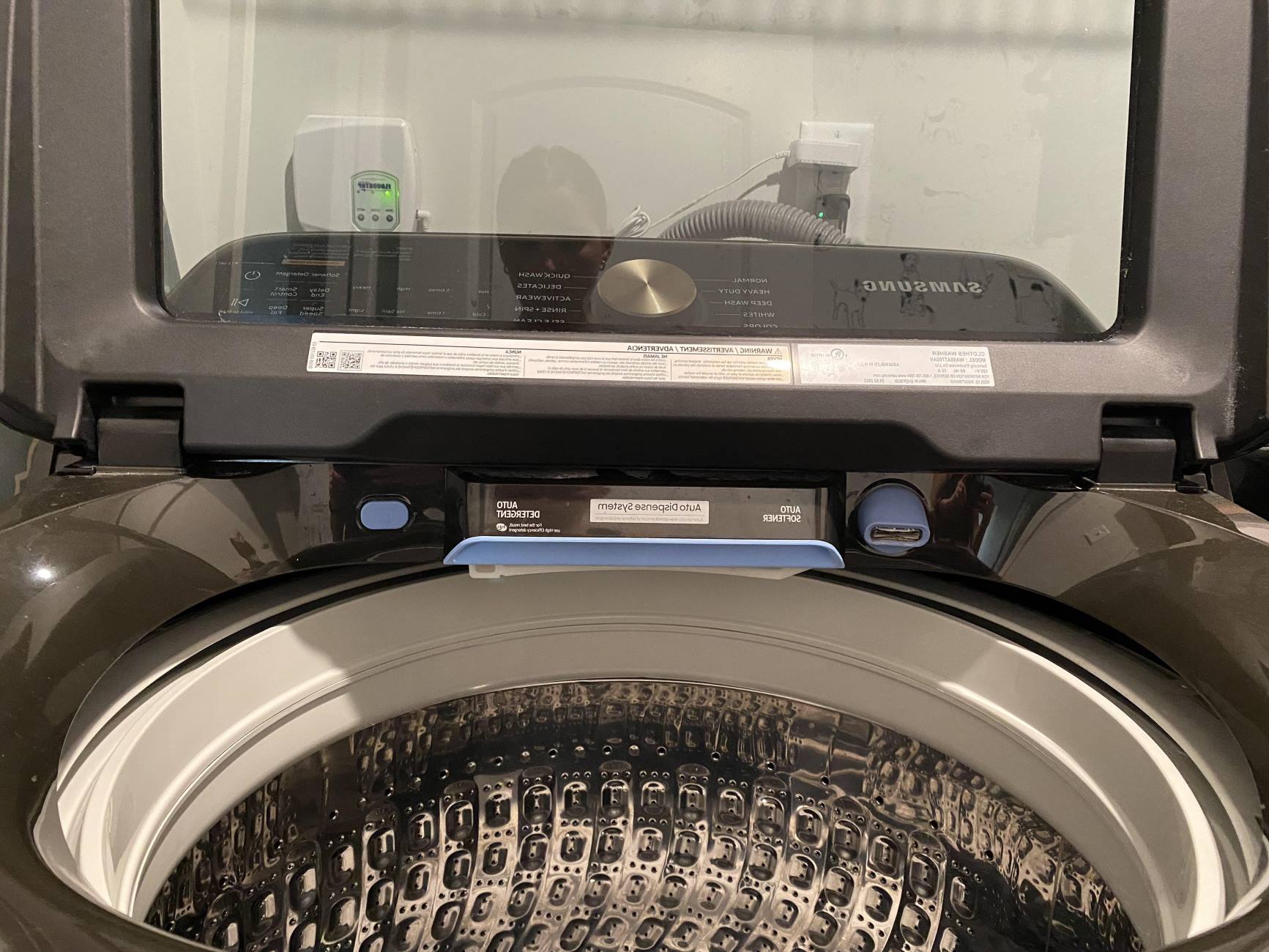

Laundry Appliances
Where Is The Coin Trap On A Washing Machine
Modified: March 2, 2024
Discover the location of the coin trap on your laundry appliances. Learn how to locate and clean the coin trap in your washing machine for optimal performance. Gain valuable maintenance tips for laundry appliances.
(Many of the links in this article redirect to a specific reviewed product. Your purchase of these products through affiliate links helps to generate commission for Storables.com, at no extra cost. Learn more)
Locating the Coin Trap
When it comes to maintaining your washing machine, understanding its various components is crucial. One often overlooked yet essential part is the coin trap. This small yet vital element plays a significant role in protecting your washing machine from potential damage caused by foreign objects. To ensure the proper functioning of your appliance, it's important to know where the coin trap is located.
In most washing machines, the coin trap can be found near the bottom of the appliance, typically behind a small access panel. The exact location may vary depending on the make and model of the machine, but it is commonly situated near the front or at the rear of the unit. To locate the coin trap, you may need to refer to the user manual provided by the manufacturer. Alternatively, a quick online search using the model number of your washing machine can often yield helpful results.
Once you have identified the general area where the coin trap is located, you can proceed to access it for inspection and cleaning. This may involve removing screws or clips that secure the access panel in place. It's important to exercise caution and follow safety guidelines provided by the manufacturer when accessing the coin trap.
In some cases, the coin trap may be located within the interior of the washing machine, requiring you to open the door or lid to access it. Regardless of its specific placement, locating the coin trap is the first step in ensuring that it remains free from debris and foreign objects that could potentially cause damage to the appliance.
Understanding the significance of the coin trap and its location within the washing machine empowers you to take proactive measures in maintaining and preserving the longevity of your appliance. By familiarizing yourself with this essential component, you can effectively incorporate regular inspection and cleaning of the coin trap into your laundry appliance maintenance routine.
Key Takeaways:
- Don’t overlook the coin trap! It’s a crucial part of your washing machine, located near the bottom. Regular cleaning prevents clogs and keeps your machine running smoothly.
- Keep it clean! The coin trap captures debris to protect your washing machine. Regular inspection and cleaning prevent clogs, odors, and potential damage.
Understanding the Coin Trap in a Washing Machine
The coin trap, also known as the debris filter, is a crucial component of a washing machine that is often overlooked. This small yet significant feature serves as a protective barrier, preventing foreign objects such as coins, buttons, lint, and other debris from entering and potentially damaging the appliance's pump or drainage system.
Typically located near the bottom of the washing machine, the coin trap is designed to capture and retain these unwanted items, preventing them from causing blockages or malfunctions within the machine. Its strategic placement allows it to intercept foreign objects before they can reach the pump or drainage system, thereby safeguarding the overall functionality of the appliance.
Understanding the role of the coin trap underscores its importance in preserving the longevity and efficiency of the washing machine. By effectively capturing and containing foreign objects, the coin trap helps to prevent clogs and obstructions that could impede the drainage process or damage the pump. This proactive mechanism not only contributes to the smooth operation of the washing machine but also minimizes the risk of costly repairs or replacements.
Regular maintenance of the coin trap is essential to ensure its optimal performance. Over time, it can become clogged with debris, potentially compromising its effectiveness. Therefore, periodic inspection and cleaning of the coin trap are recommended to remove any accumulated lint, coins, or other foreign objects. By incorporating this simple yet vital task into your laundry appliance maintenance routine, you can mitigate the risk of potential issues and prolong the lifespan of your washing machine.
In essence, understanding the coin trap in a washing machine illuminates its pivotal role in safeguarding the appliance from foreign objects and maintaining its operational efficiency. By acknowledging its significance and integrating regular maintenance practices, you can uphold the functionality of your washing machine and minimize the likelihood of disruptions caused by debris-related issues.
Importance of Cleaning the Coin Trap
Regular cleaning of the coin trap in a washing machine is of paramount importance for the optimal performance and longevity of the appliance. The coin trap serves as a protective barrier, capturing and containing foreign objects such as coins, lint, and debris that could potentially obstruct the drainage system or damage the pump. Over time, these accumulated materials can impede the functionality of the coin trap, leading to potential issues within the washing machine.
By routinely cleaning the coin trap, you can effectively remove any trapped debris, preventing blockages and ensuring the unobstructed flow of water during the washing and draining cycles. Failure to clean the coin trap can result in clogs, slow drainage, or even complete blockages, leading to water backup and potential damage to the appliance.
Moreover, neglecting the cleaning of the coin trap can compromise the efficiency of the washing machine, as debris accumulation may hinder the proper drainage of water, resulting in incomplete rinsing and potential re-deposition of dirt and detergent residue on the laundry. This can impact the cleanliness and freshness of the washed items, ultimately diminishing the overall performance of the appliance.
Furthermore, a neglected coin trap can lead to increased wear and tear on the pump and drainage system of the washing machine. The presence of foreign objects within these components can cause strain and potential damage, leading to costly repairs or replacements. By regularly cleaning the coin trap, you can prevent such issues and prolong the operational lifespan of your washing machine.
In essence, the importance of cleaning the coin trap cannot be overstated. It is a simple yet crucial maintenance task that contributes to the efficient and trouble-free operation of the washing machine. By incorporating regular cleaning of the coin trap into your laundry appliance maintenance routine, you can uphold the functionality of the appliance, minimize the risk of potential issues, and extend its service life.
The coin trap on a washing machine is usually located at the bottom of the machine, behind a small door or panel. It’s important to regularly check and clean the coin trap to prevent clogs and damage to the machine.
Tips for Maintaining the Coin Trap
-
Regular Inspection: Schedule periodic checks of the coin trap to ensure it remains free from debris. This proactive approach allows you to identify and address any potential issues before they escalate, contributing to the uninterrupted operation of your washing machine.
-
Cleaning Frequency: Establish a cleaning routine for the coin trap, aiming to inspect and clean it at least every few months, or more frequently if you notice any drainage issues or unusual sounds during the washing cycle. Consistent maintenance helps prevent the accumulation of debris and maintains the optimal functionality of the coin trap.
-
Thorough Cleaning Process: When cleaning the coin trap, take the time to thoroughly remove any trapped debris. Use a soft brush or cloth to dislodge and clear away lint, coins, or other foreign objects that may have accumulated. Ensure that the coin trap is completely free from obstructions before reassembling it.
-
Use of Protective Gear: Prior to cleaning the coin trap, consider wearing protective gloves to shield your hands from any sharp or potentially hazardous objects that may be trapped within. Additionally, placing a towel or container beneath the coin trap can help contain any water or debris that may be released during the cleaning process.
-
Refer to Manufacturer's Guidelines: Consult the user manual or manufacturer's instructions for specific guidance on accessing and cleaning the coin trap. Adhering to the recommended procedures ensures that you maintain the appliance in accordance with the manufacturer's specifications, minimizing the risk of damage or voiding the warranty.
-
Utilize Mild Cleaning Agents: If necessary, use mild cleaning agents or solutions to help dislodge stubborn debris from the coin trap. Avoid harsh chemicals or abrasive materials that could potentially damage the components of the washing machine. A gentle approach to cleaning ensures the integrity of the coin trap and the appliance as a whole.
-
Professional Maintenance: Consider scheduling professional maintenance for your washing machine, including a thorough inspection and cleaning of the coin trap. Professional service can provide a comprehensive assessment of the appliance's condition and ensure that all components, including the coin trap, are functioning optimally.
By incorporating these tips into your laundry appliance maintenance routine, you can effectively maintain the coin trap and contribute to the smooth and efficient operation of your washing machine. Regular attention to this essential component helps safeguard the appliance from potential issues and prolongs its service life.
Common Issues with the Coin Trap
The coin trap, despite its relatively simple function, can be susceptible to a range of common issues that may impact the performance of a washing machine. Understanding these potential issues is essential for proactive maintenance and troubleshooting. Here are some common problems associated with the coin trap:
-
Clogging: One of the most prevalent issues with the coin trap is clogging due to the accumulation of lint, coins, and debris. Over time, these materials can obstruct the flow of water, leading to slow drainage or complete blockages. This can result in water backup within the washing machine, potentially causing damage to the appliance and impacting its functionality.
-
Odor Build-Up: A neglected coin trap can become a breeding ground for unpleasant odors. The accumulation of trapped debris, combined with residual moisture, creates an environment conducive to bacterial growth and mold formation. This can result in musty or foul odors emanating from the washing machine, affecting the cleanliness of the laundered items.
-
Pump Strain: If the coin trap becomes excessively clogged, the pump of the washing machine may experience strain as it attempts to process the water through the obstructed drainage system. This can lead to increased wear and tear on the pump, potentially compromising its efficiency and longevity.
-
Incomplete Drainage: A compromised coin trap can impede the proper drainage of water from the washing machine, resulting in incomplete rinsing of the laundry. This may lead to detergent residue being left on the clothes, affecting their cleanliness and freshness.
-
Water Leakage: In severe cases of coin trap blockage, water leakage from the washing machine may occur. The pressure build-up caused by the obstructed drainage system can lead to leaks, posing potential damage to the surrounding area and necessitating immediate attention.
By being aware of these common issues, you can take proactive measures to address and prevent potential problems with the coin trap in your washing machine. Regular inspection and cleaning, as well as adherence to maintenance best practices, can help mitigate these issues and contribute to the efficient and trouble-free operation of your appliance.
Frequently Asked Questions about Where Is The Coin Trap On A Washing Machine
Was this page helpful?
At Storables.com, we guarantee accurate and reliable information. Our content, validated by Expert Board Contributors, is crafted following stringent Editorial Policies. We're committed to providing you with well-researched, expert-backed insights for all your informational needs.
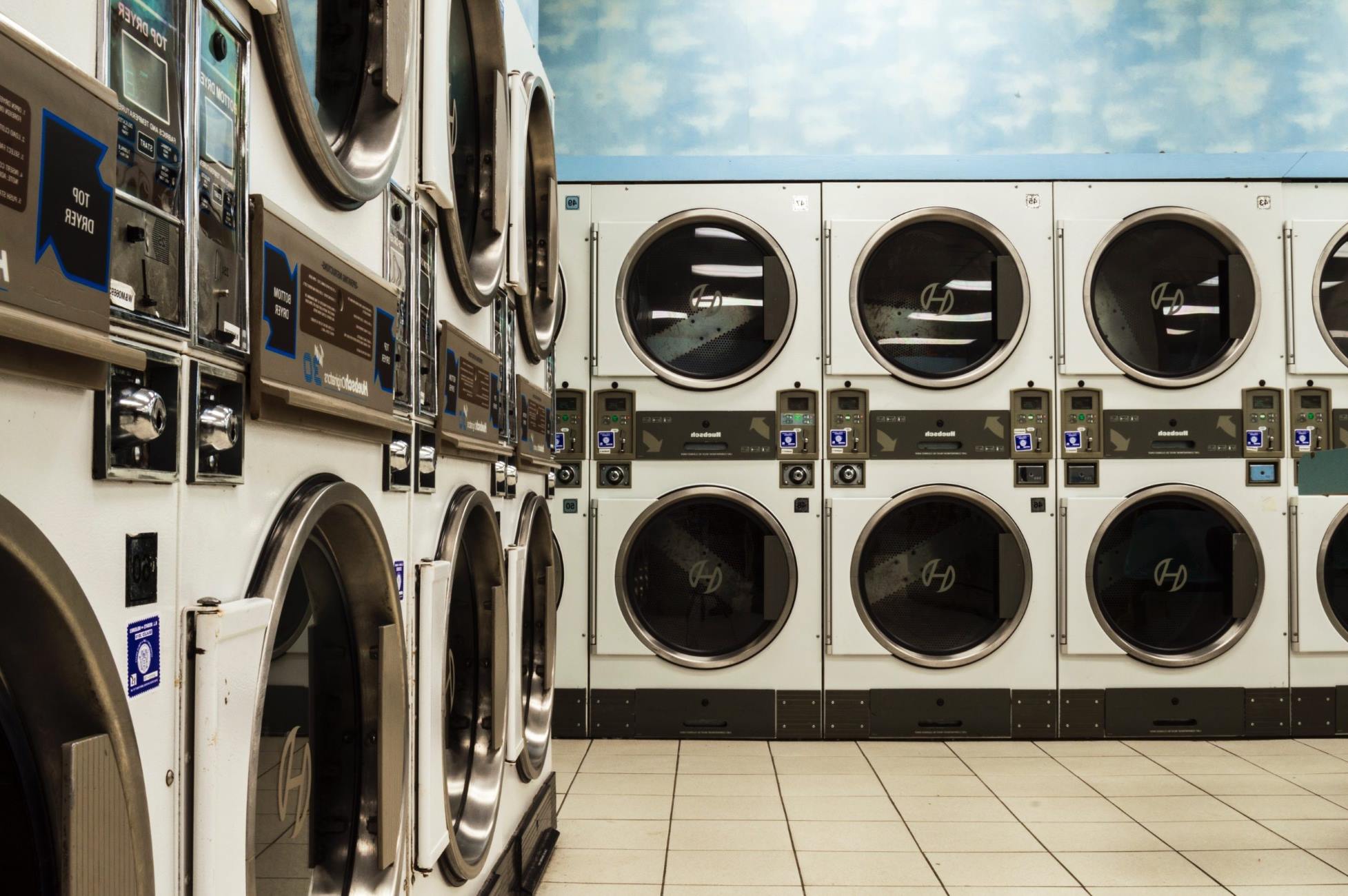
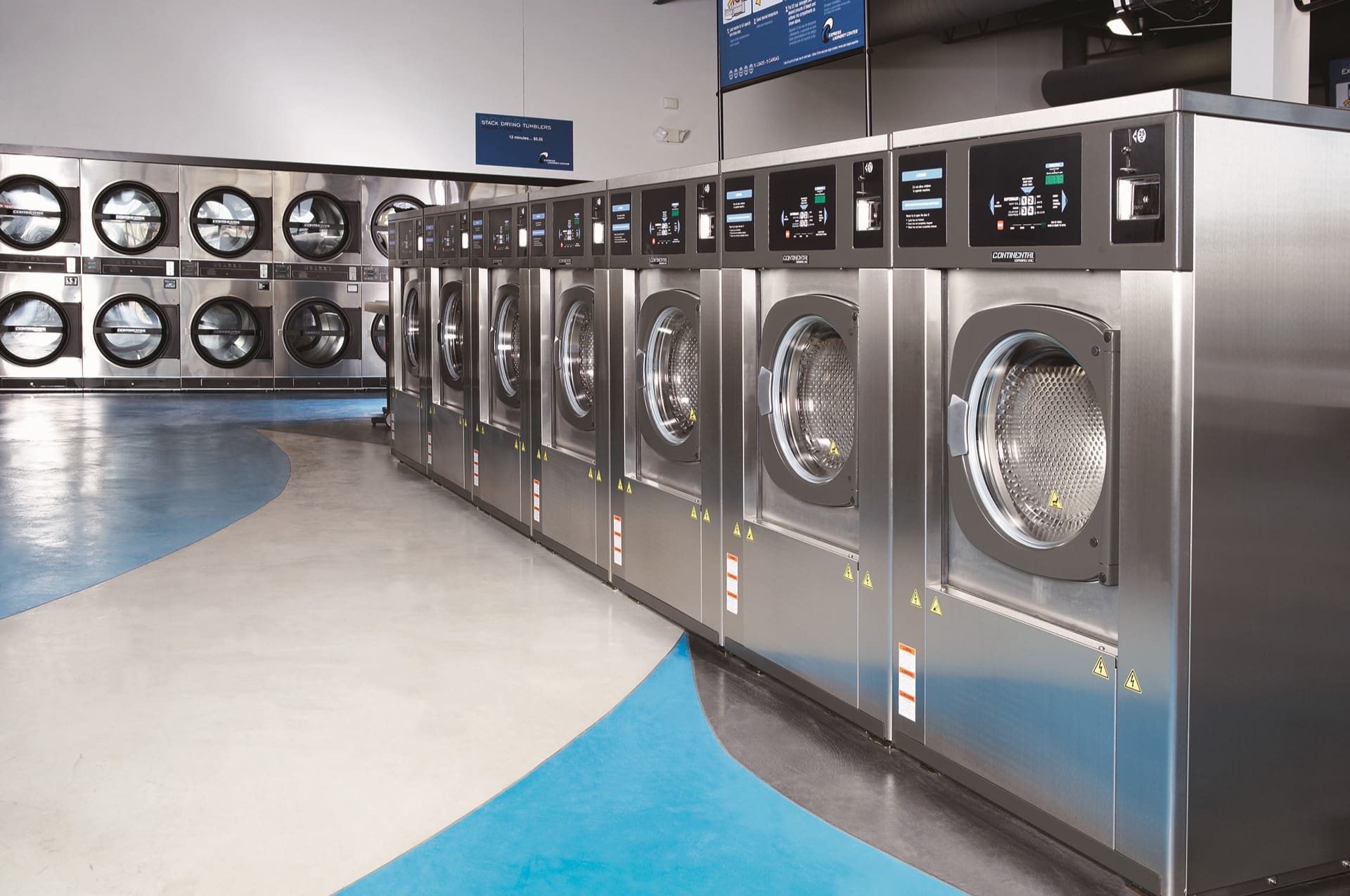
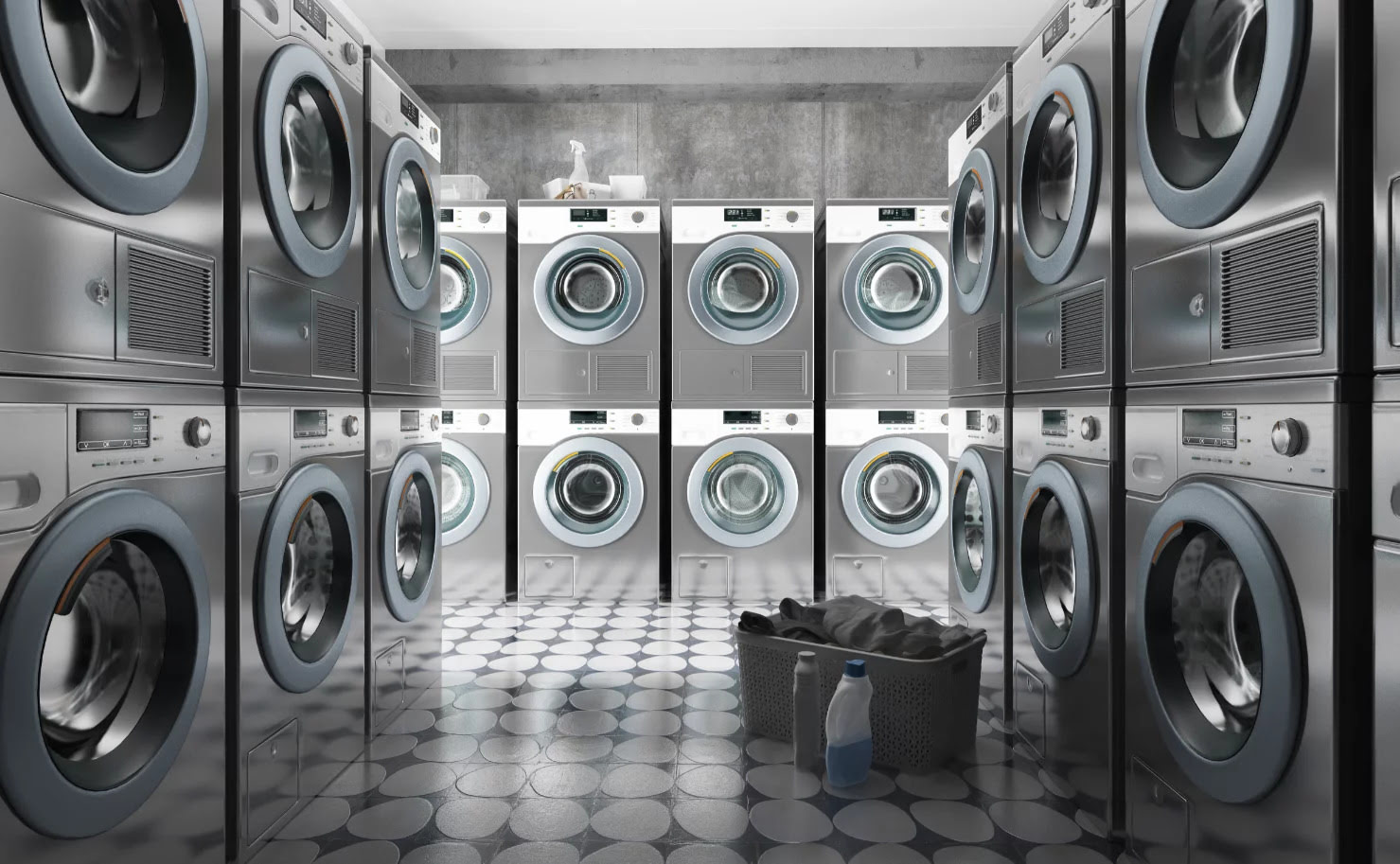
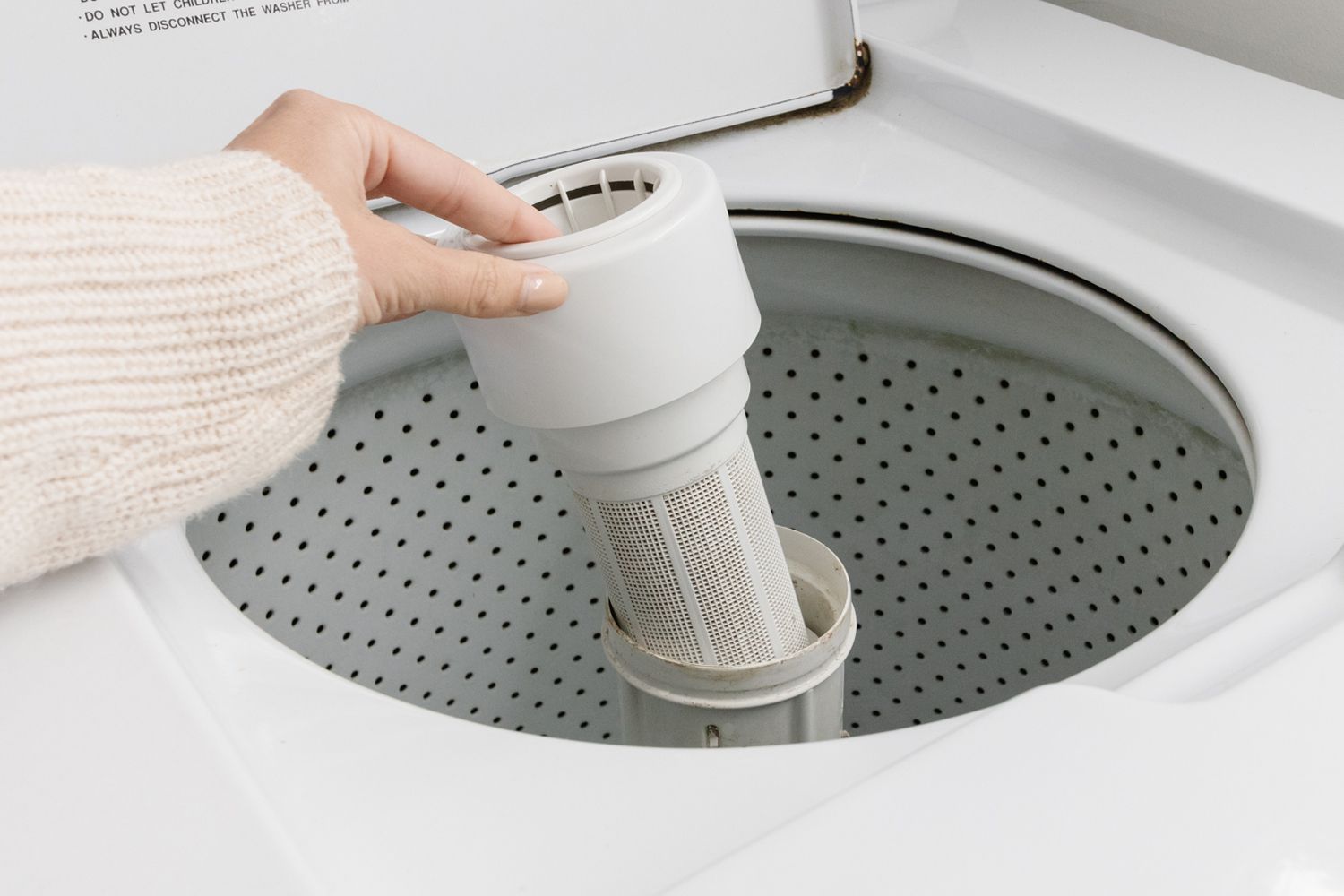
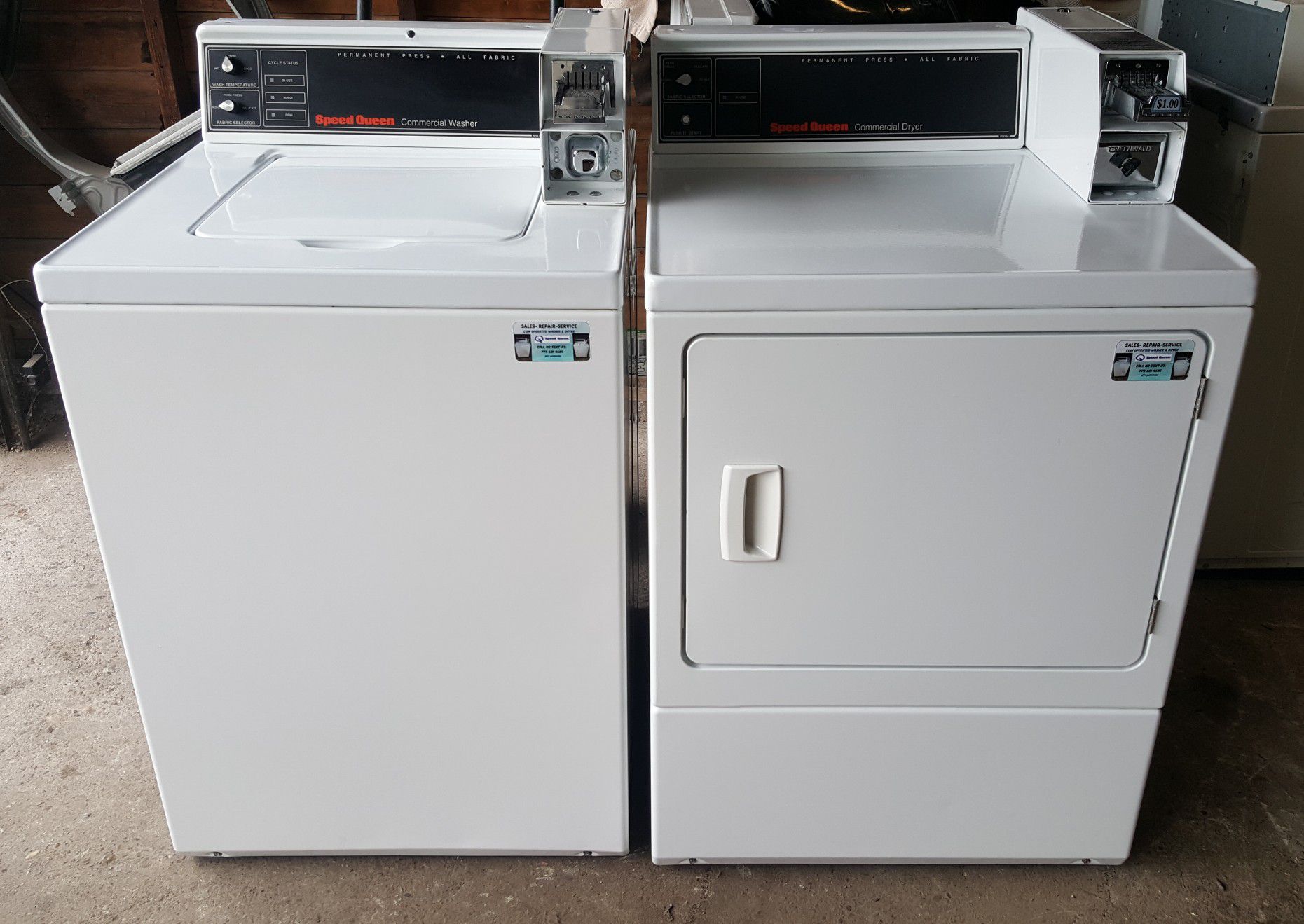
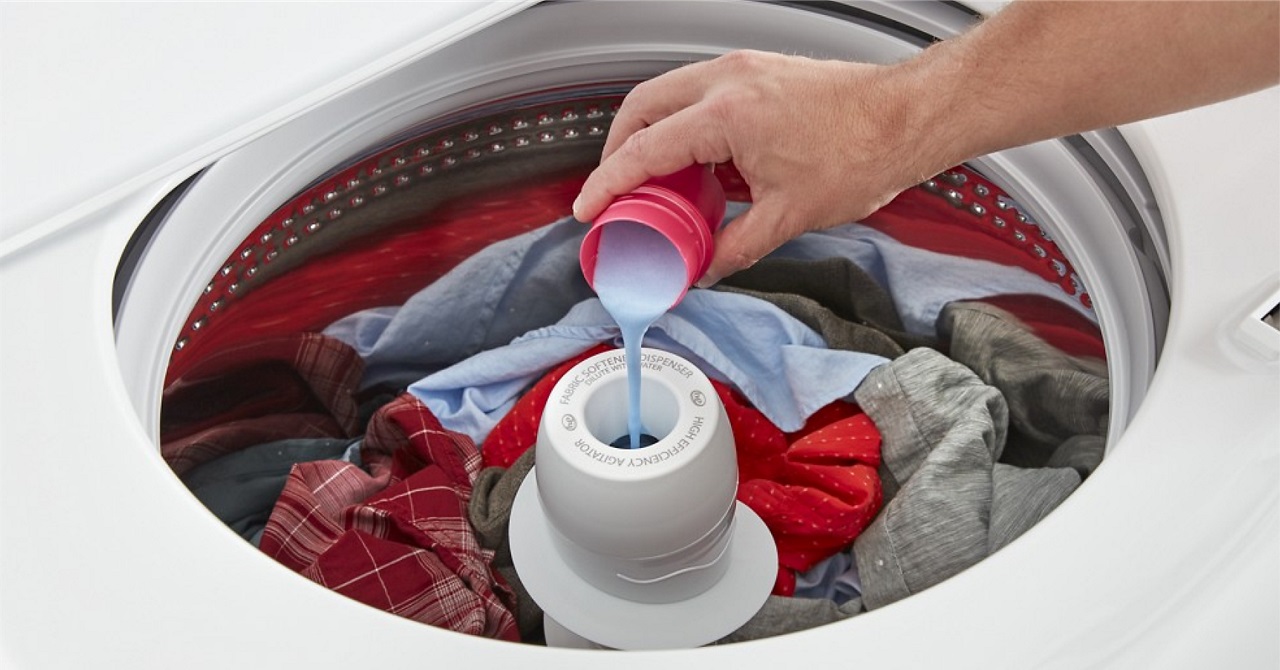
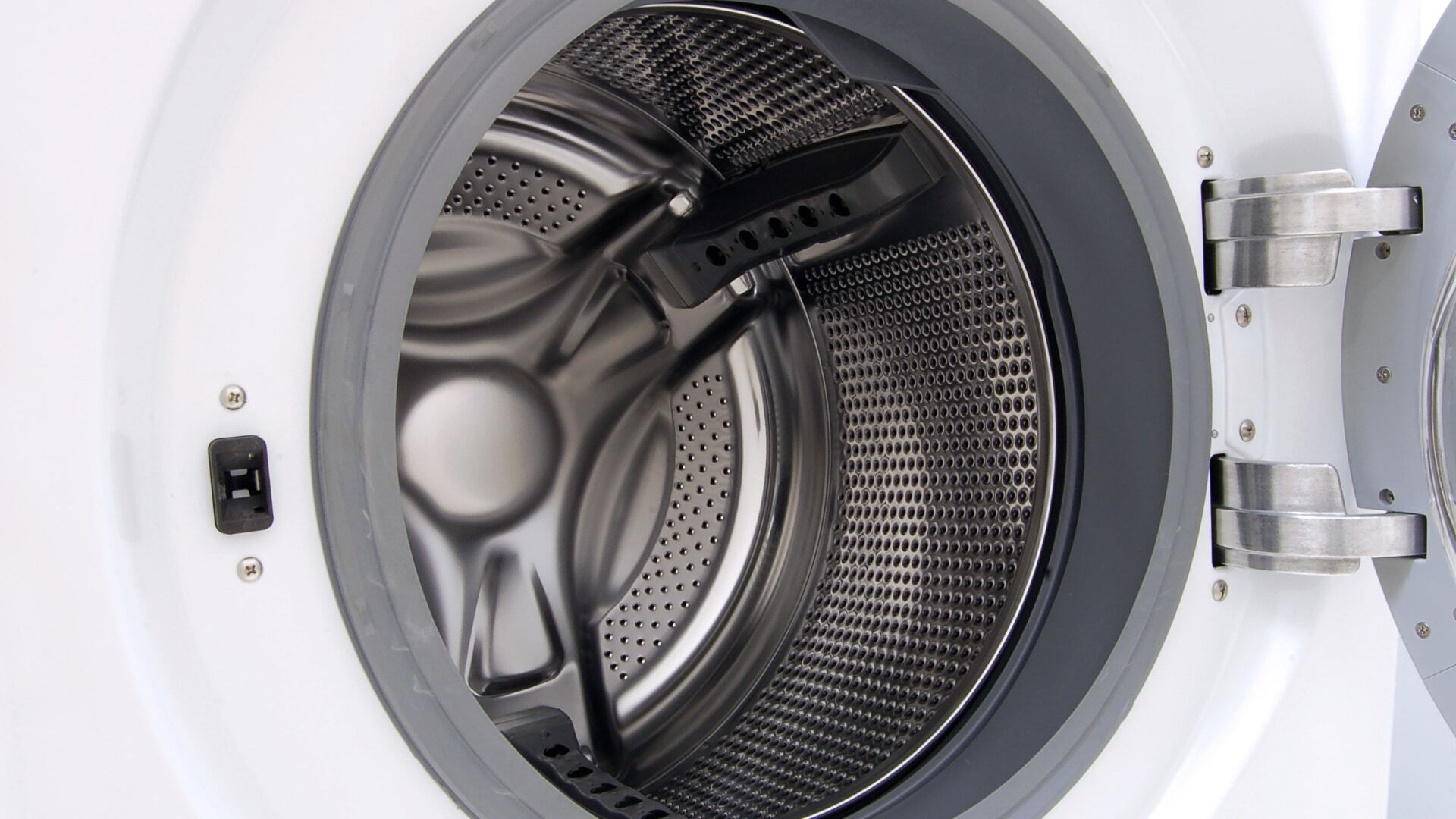
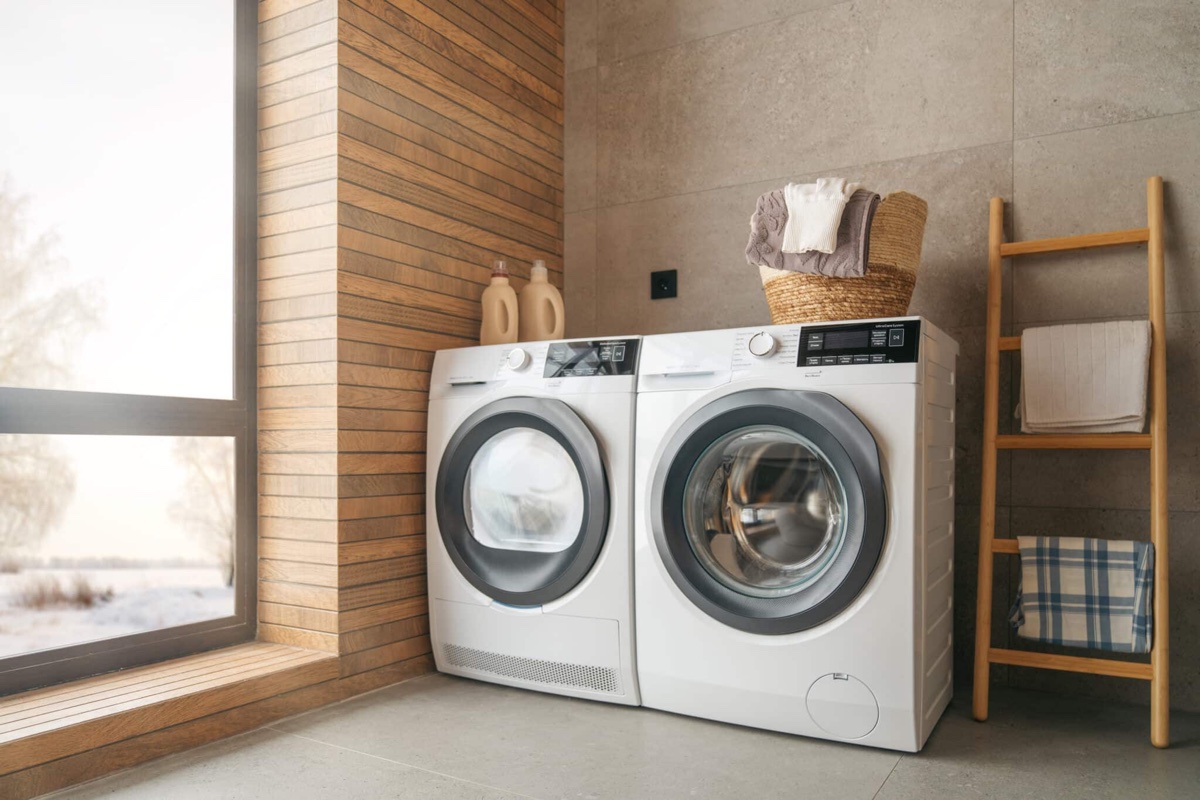
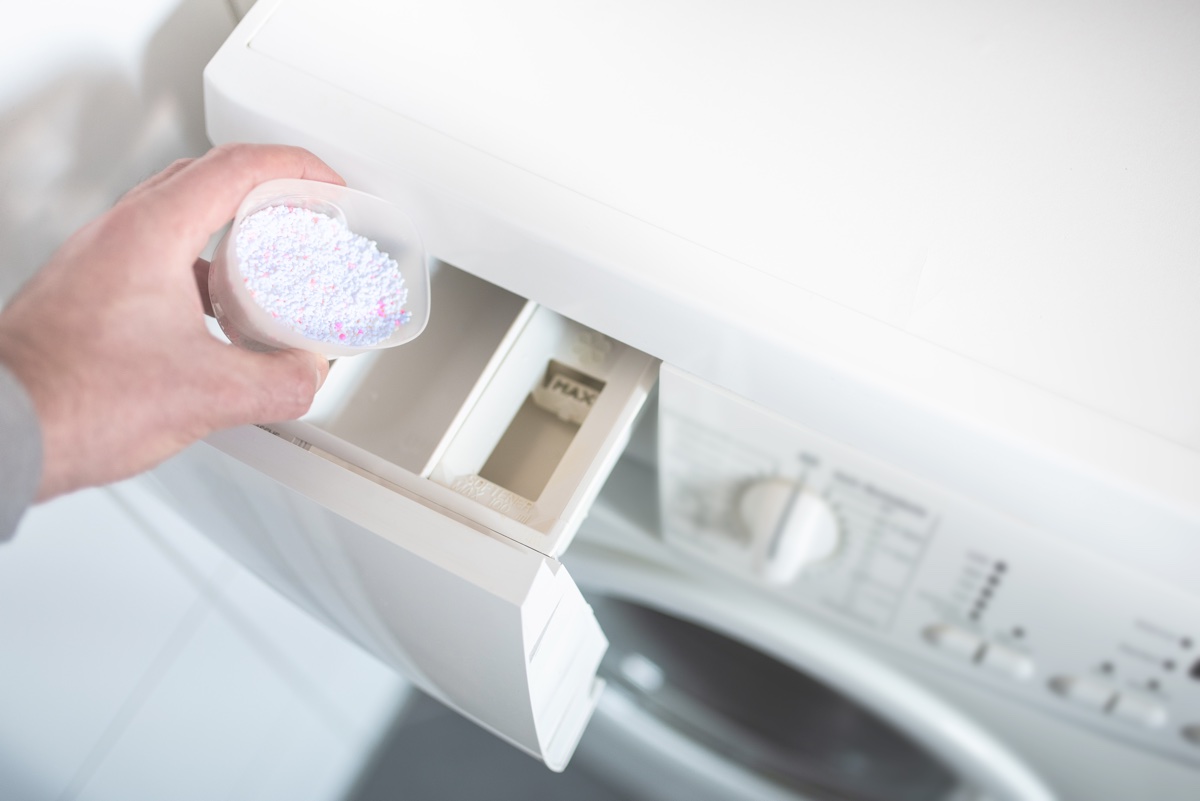
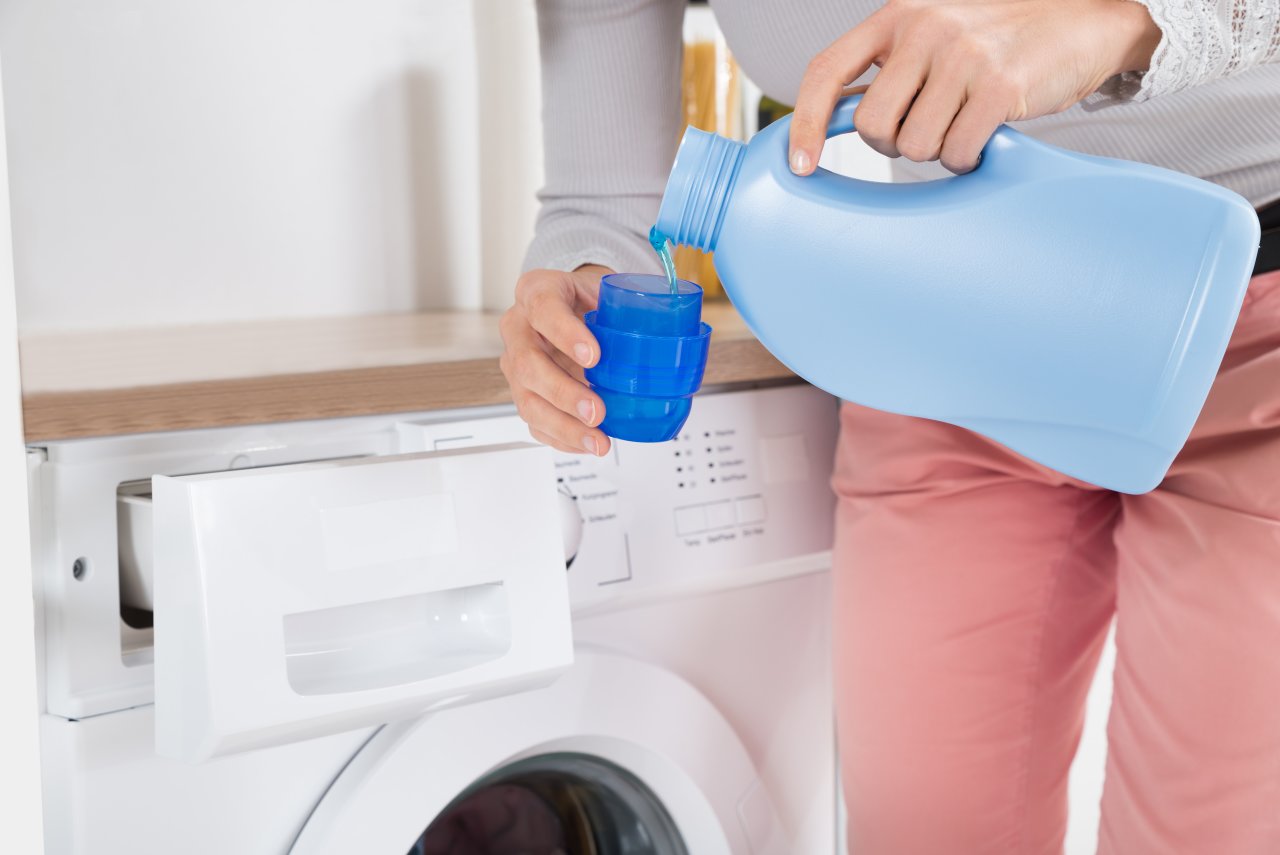
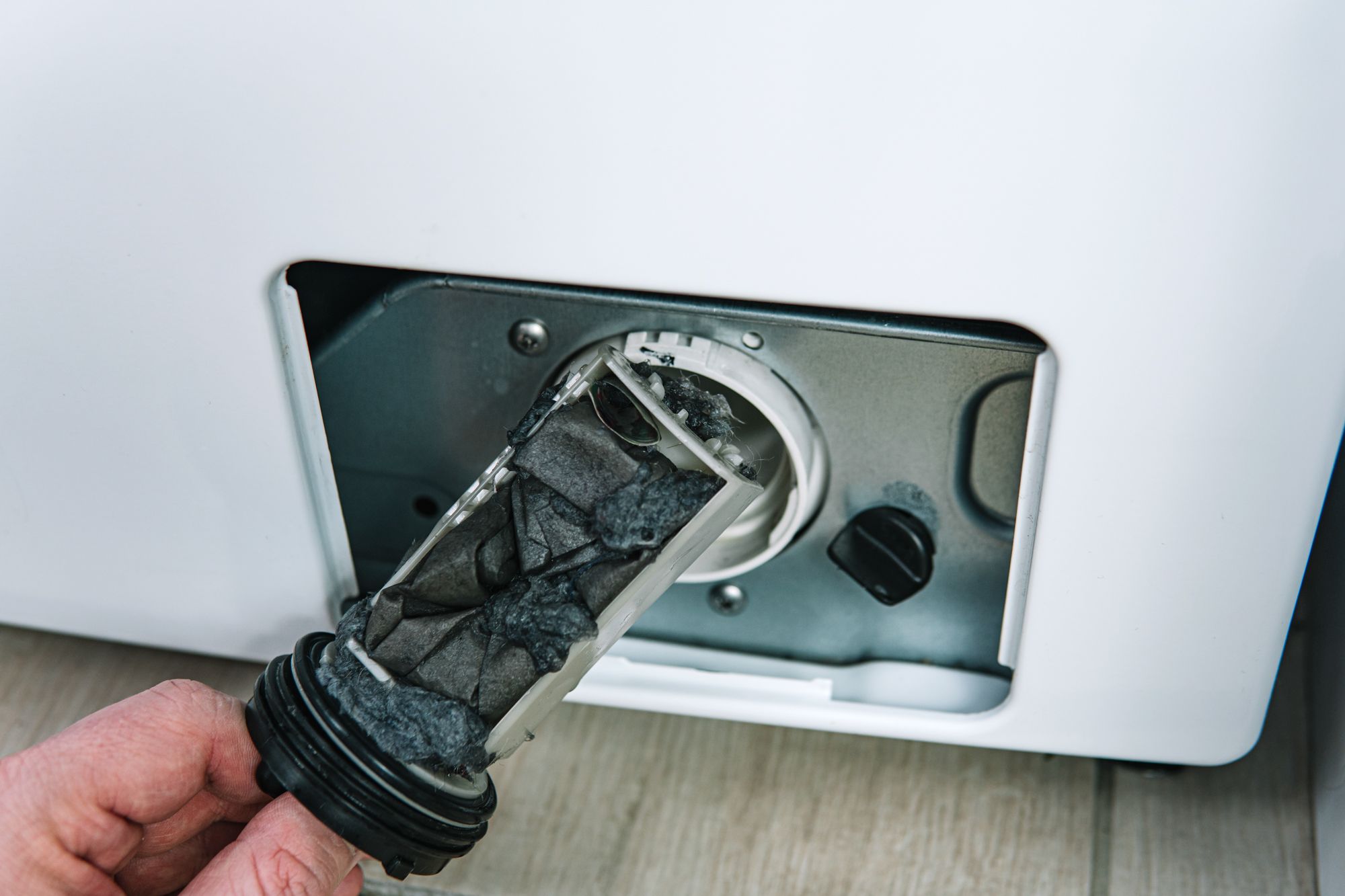
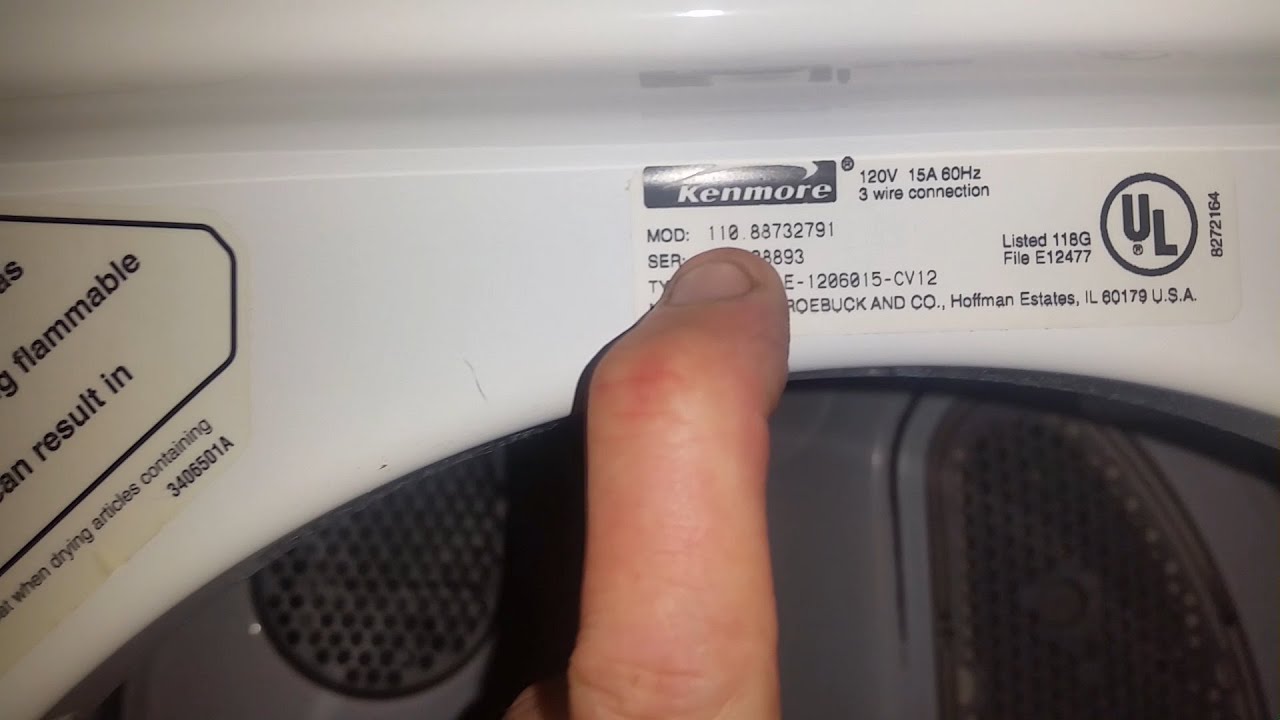
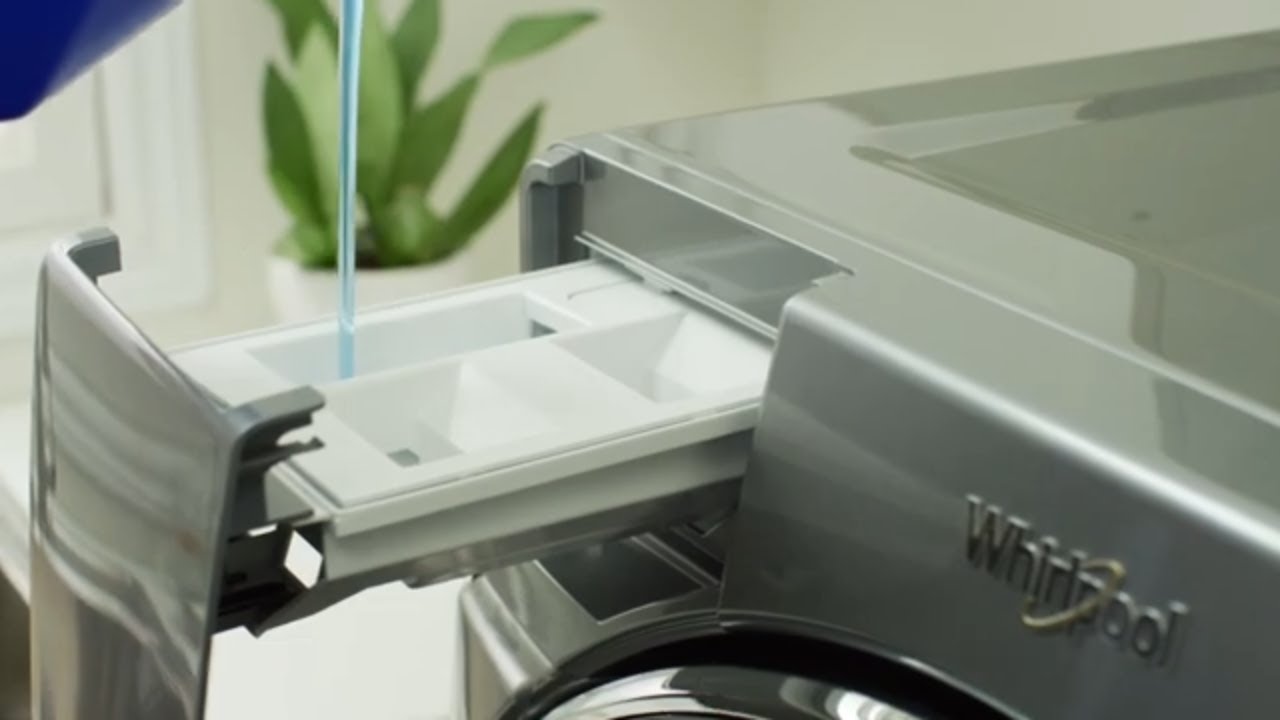
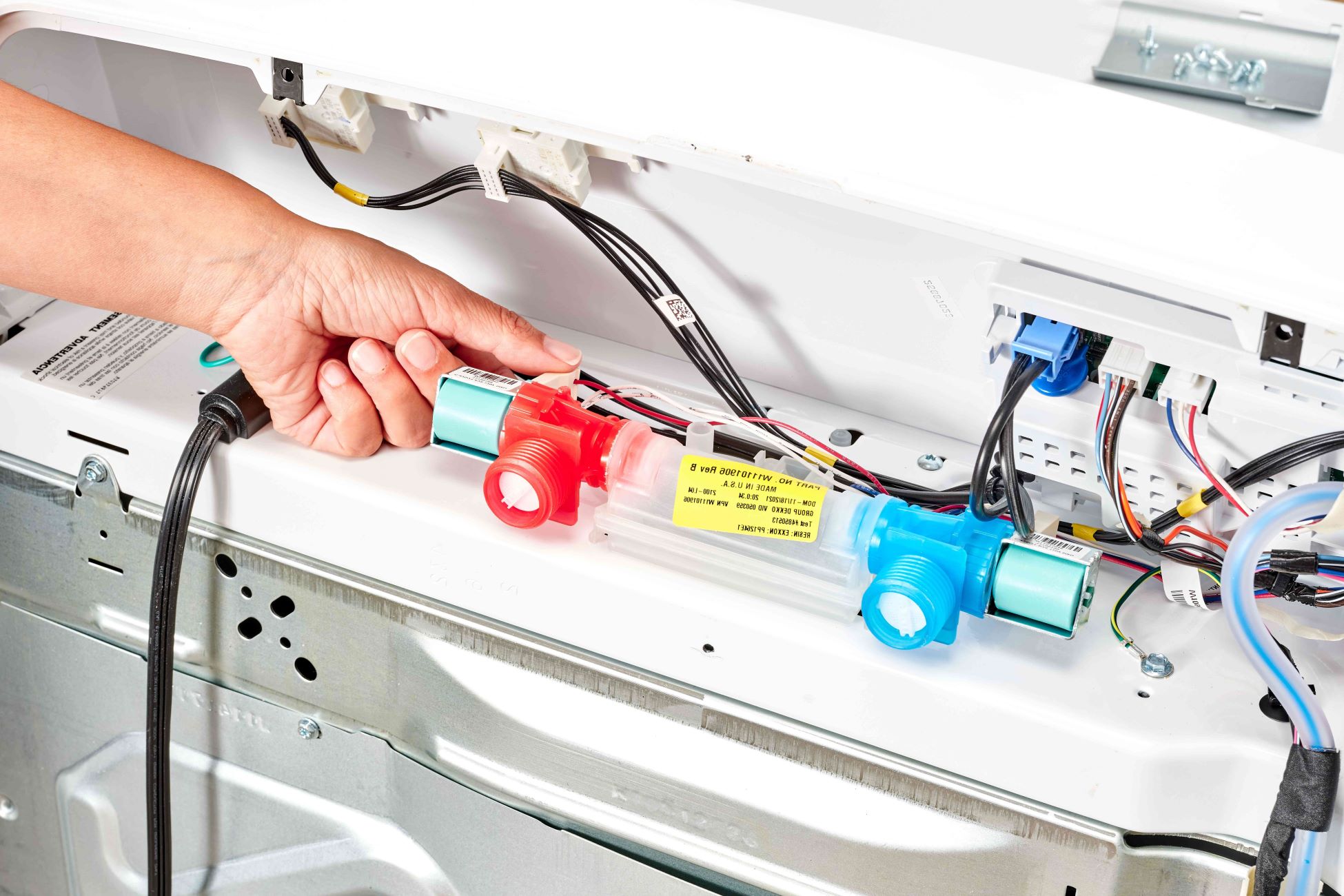
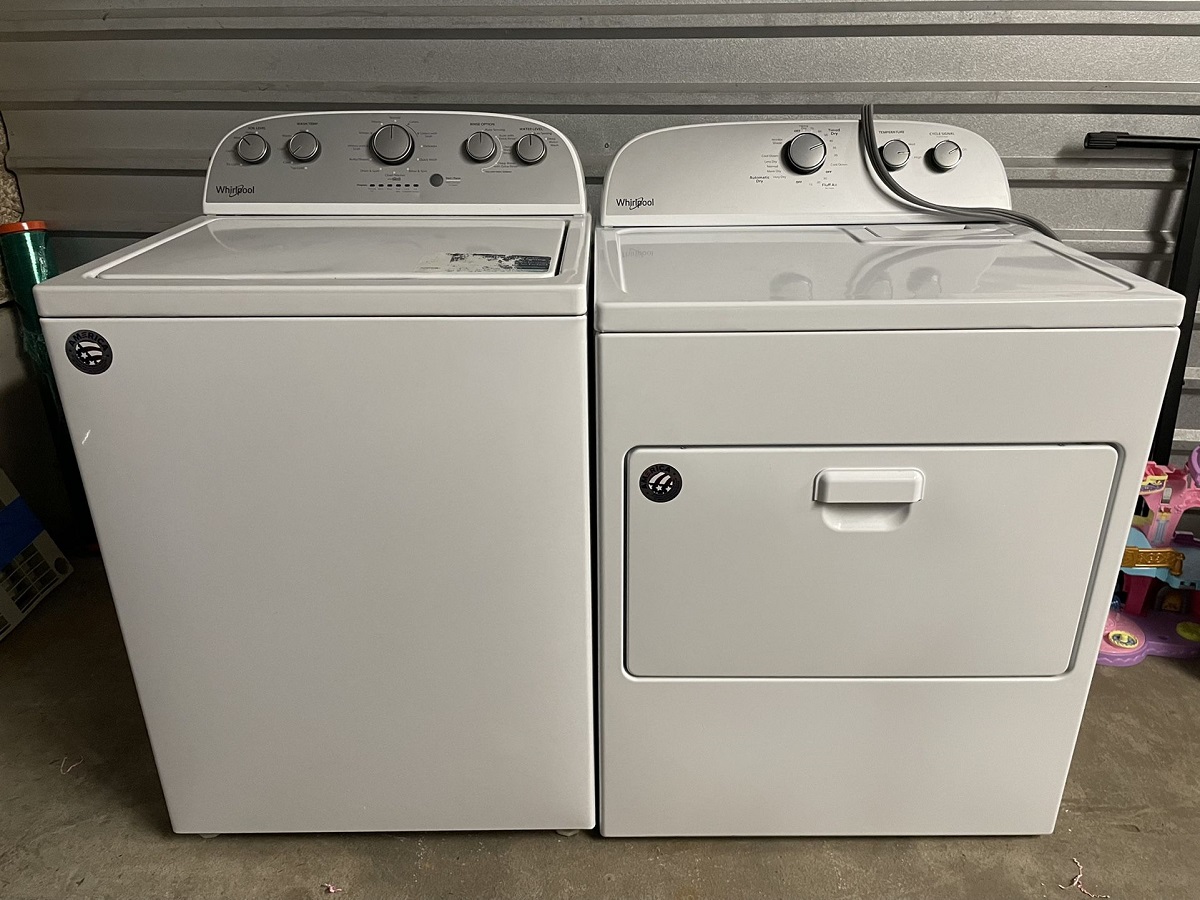

0 thoughts on “Where Is The Coin Trap On A Washing Machine”